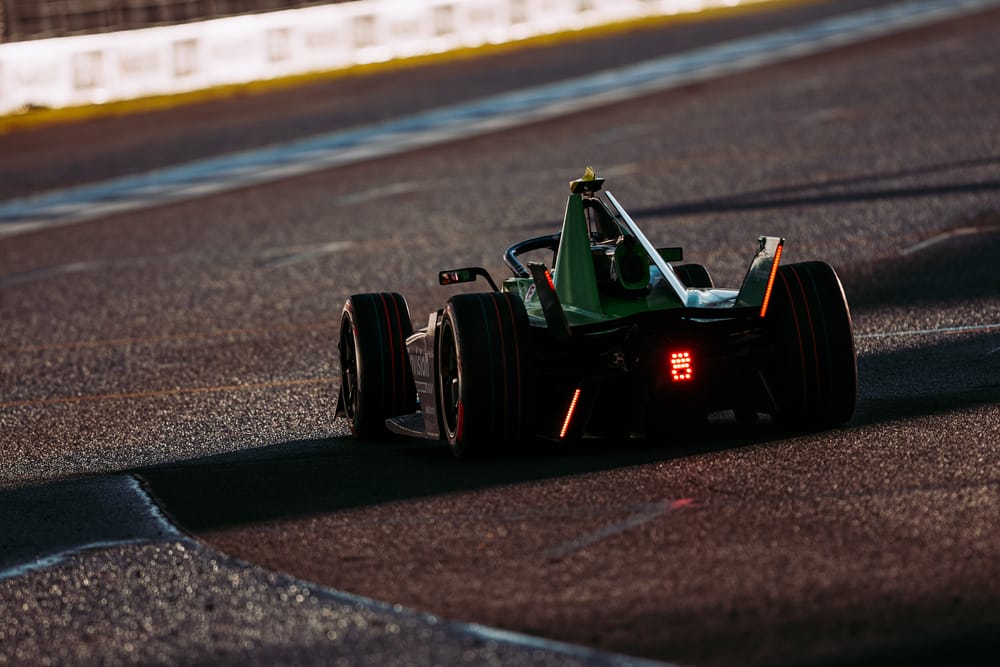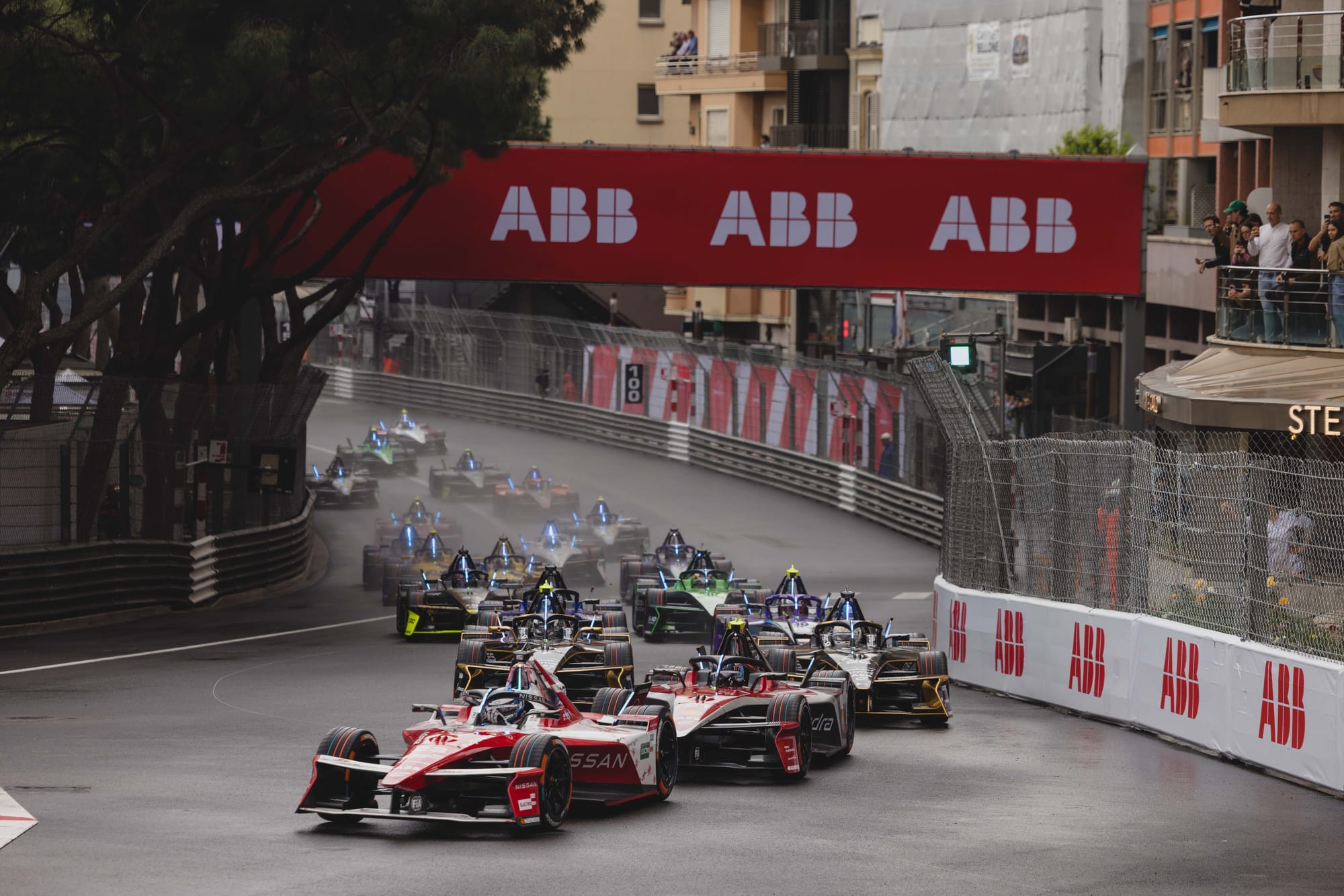Robin Frijns will not continue with Envision Racing and is unlikely to stay on the Formula E grid for the 2025-26 season.
The Race understands that Frijns was told by Envision earlier this month that he will not be retained for a third campaign in what was his second spell with the squad.
The two-time race winner is not expected to find a seat elsewhere in Formula E and looks set to concentrate on his BMW factory drive in the World Endurance Championship.
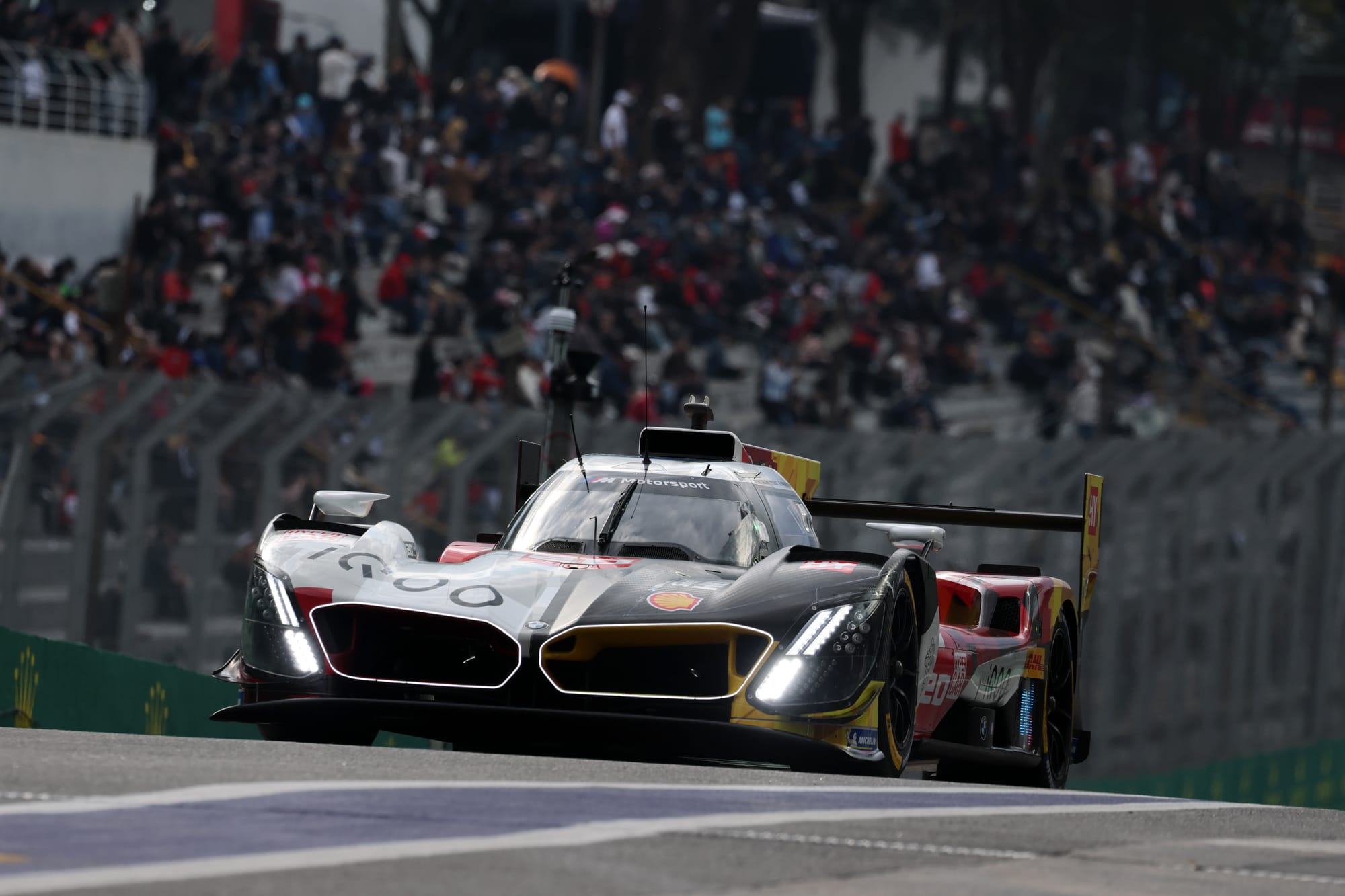
Envision will confirm a replacement for Frijns next month alongside Sebastien Buemi, who is set to get a fourth season with the team after finishing 12th overall - a campaign that included a first Formula E victory in almost six years, in Monaco, and two other podiums, in Jakarta and London.
Frijns joined Envision for his second spell at the end of 2023 after one season at Abt team that rejoined the championship at the start of the Gen3 era. There, Frijns struggled in an uncompetitive car alongside team-mate Nico Mueller and his season was compromised by missing four races due to a broken hand suffered at the Mexico City season opener.
Frijns enjoyed a successful first stint at Envision between 2018 and 2022. He claimed his two wins in that time and had an outside shot at the 2018-19 and 2021 titles.
Since the end of his first Envision spell, though, Frijns has found results hard to come by, with just three second places (one at Diriyah and two at Portland) in 2024 being highlights with Jaguar-powered Envision.
Last season, Frijns scored a best result of seventh in London and finished 19th overall - although his campaign was hamstrung by multiple issues and some major misfortune.
Options for Frijns to stay in Formula E look slim, with only the Andretti team he made his debut with in 2015 and Cupra Kiro thought to be very outside chances at best.
Why Frijns didn't prosper in Gen3
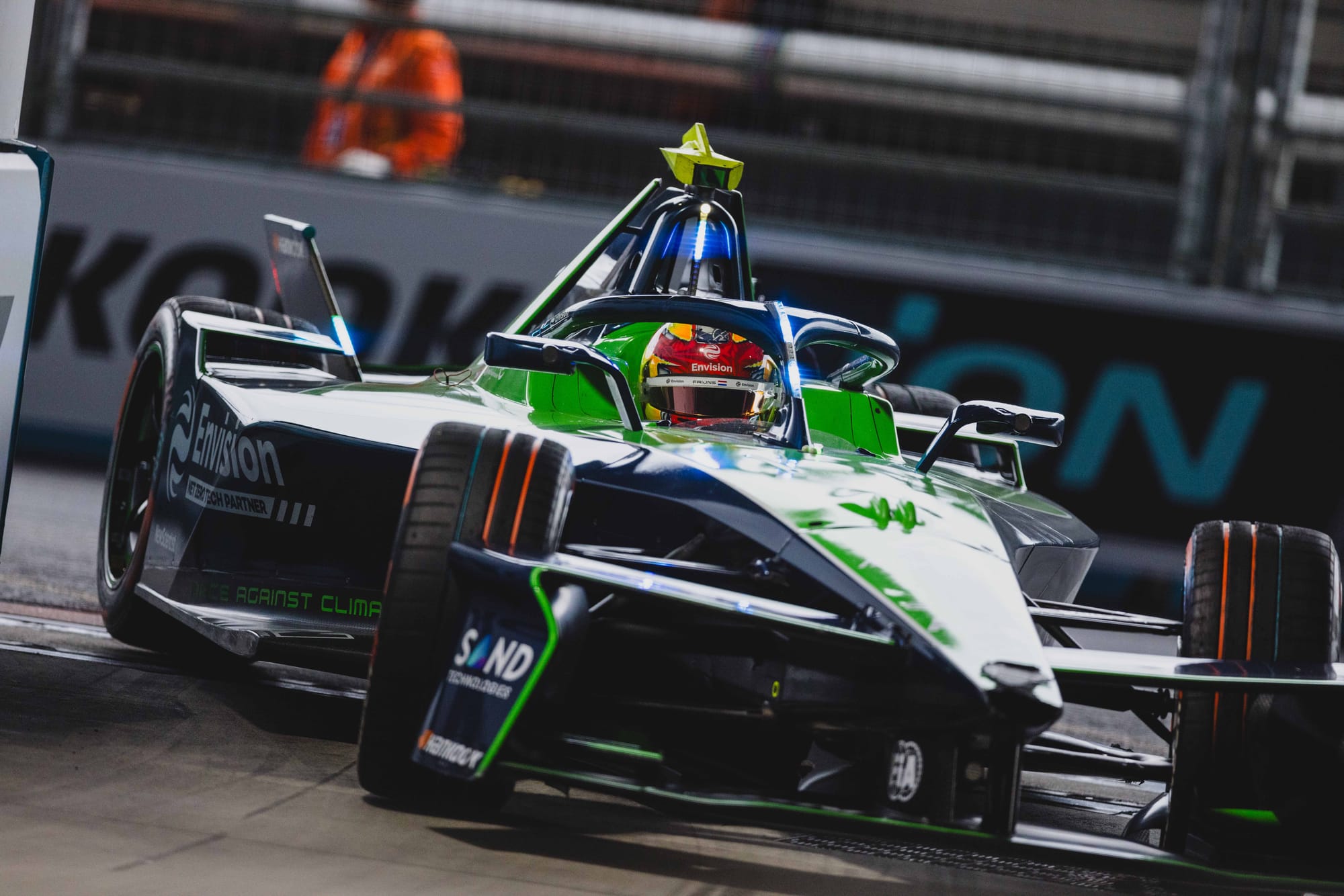
Why Frijns was never able to kick on from his stellar 2018-19 season, when he won two races and was briefly a title contender, is one of the great mysteries of Formula E.
Frijns's skill and his aptitude as a driver is well-known and that he is one of the out-and-out quickest drivers outside of F1 has seldom been in doubt.
He has had more poor luck than most, particularly last season, which became darkly comedic at times. But, in all reality, how much can not getting the rub of the green influence the trajectory of a driver over multiple seasons?
Frijns is a special character in motorsport. He has a very different outlook to the overall picture than most. The old trope of him being a lazy driver isn’t as true as many have you believe. Frijns is a committed professional but he just has a very different demeanour to the classic hyper, slightly-on-edge caricature of most professional drivers.
There is a laissez-faire approach, a kind of 'whatever happens will happen', but this doesn't dilute the burning will to win or his arsenal of skills behind the wheel, which are many.
So why has a single-seater title eluded one of racing's most naturally gifted drivers since 2012, when he beat Kevin Magnussen, Jules Bianchi, Sam Bird and Antonio Felix da Costa to the Formula Renault 3.5 title?
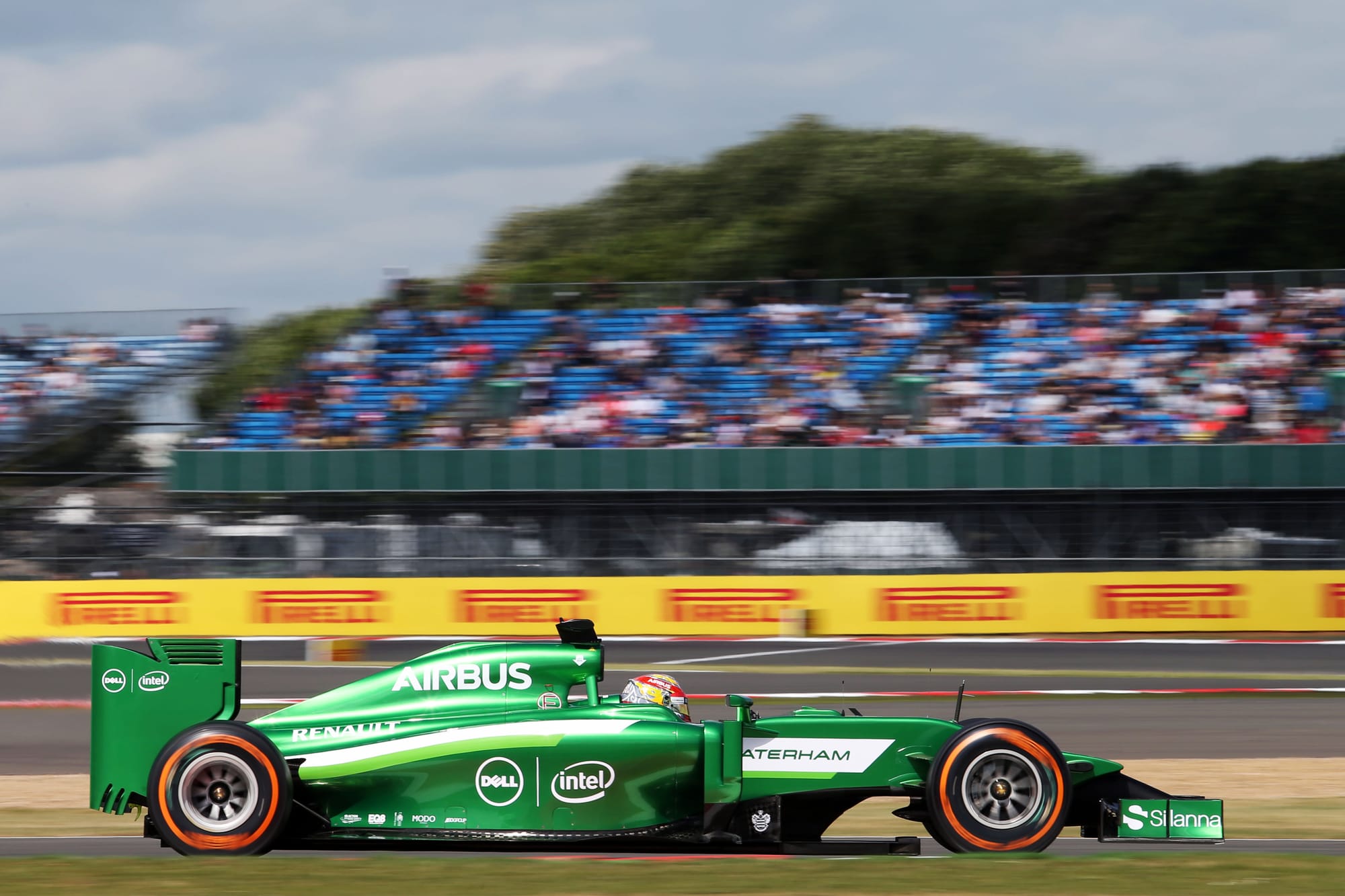
The mitigating circumstances are significant: he never got a fair crack in GP2 with an underfunded part season with the dying Hilmer team; his remote F1 chances never got beyond a handful of young driver outings with Red Bull and Sauber and two free practice cameos with Caterham; an Andretti IndyCar test in 2016 didn't lead anywhere either; and, a few months later, a wrangle between Audi and BMW over his services even meant he missed a season of Formula E.
But outside of the single-seater world, Frijns has actually been incredibly successful. A Blancpain GT3 (now GT World Challenge Europe) championship in 2017 was achieved for starters. Then came a WEC and Le Mans 24 Hours double in 2021, followed by three DTM race wins, a Bathurst 12 Hour victory, and a Nürburgring 24 Hours success. Not a bad haul.
Still, there is a feeling that Frijns should have more than just the two Formula E wins, taken in Paris and New York in 2019. The complicity in why that hasn't been the case is hard to pinpoint.
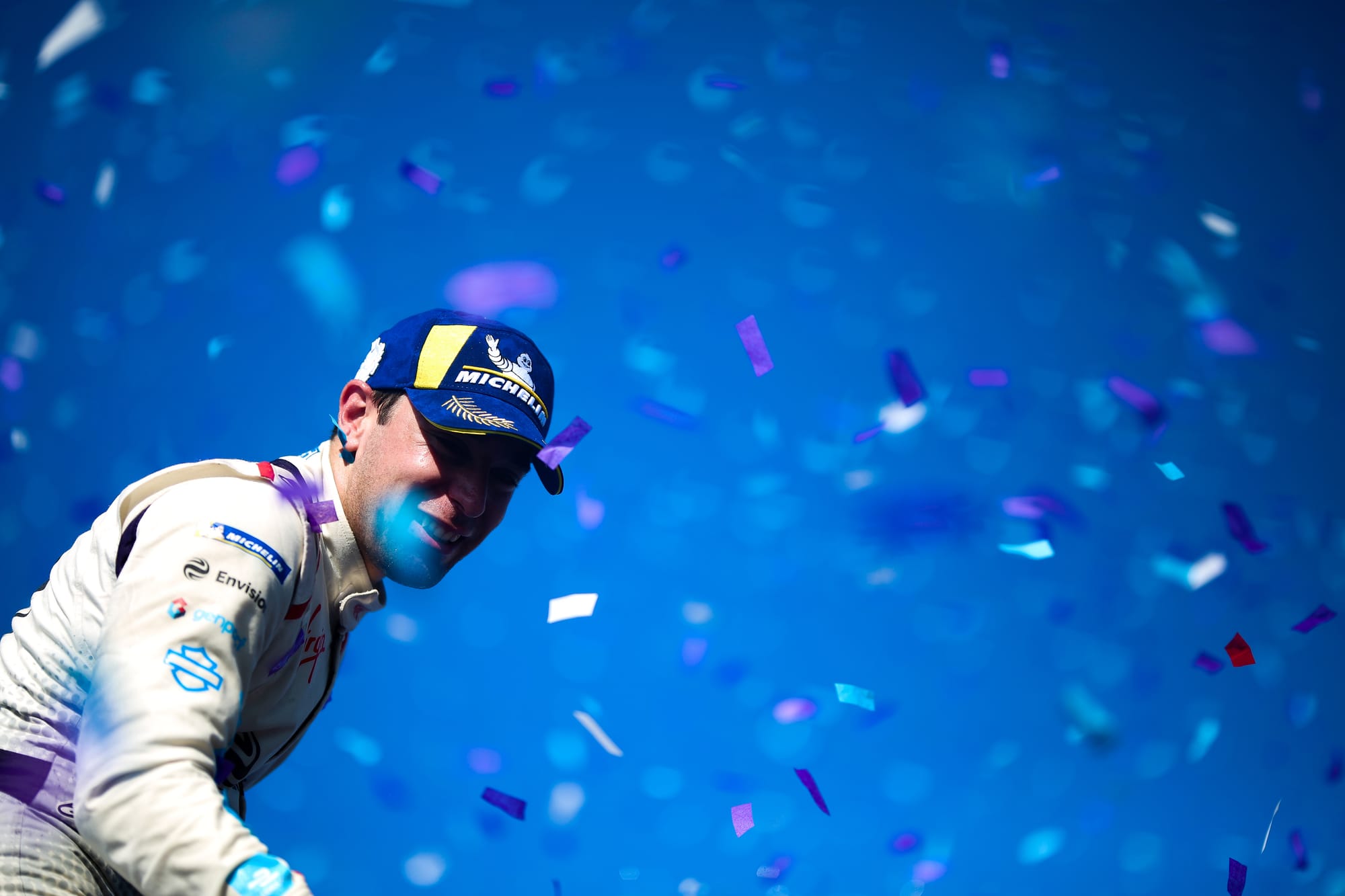
The best technical relationship that Frijns had in Formula E was undoubtedly with Chris Gorne, the experienced engineer who oversaw his racing at Envision in his first two seasons at that team, including his most successful in 2018-19.
When Gorne phased his work out around 2020, Frijns suffered. The new technical structure after that just didn't suit him and it was certainly part of the reason why he left for Abt at the end of 2022. But even in that season, Frijns far outscored current Formula E frontrunner and then team-mate Nick Cassidy by 126 points to 68. He was by far the most consistent points-scorer and the two were equal on qualifying stats at 8-8.
The obvious change came with the arrival of Gen3, as Frijns just didn't seem to get on top of the new car, nor the way the racing developed. He made his displeasure with pack racing generally known and on occasions he just looked a bit lost (although he was far from the only one).
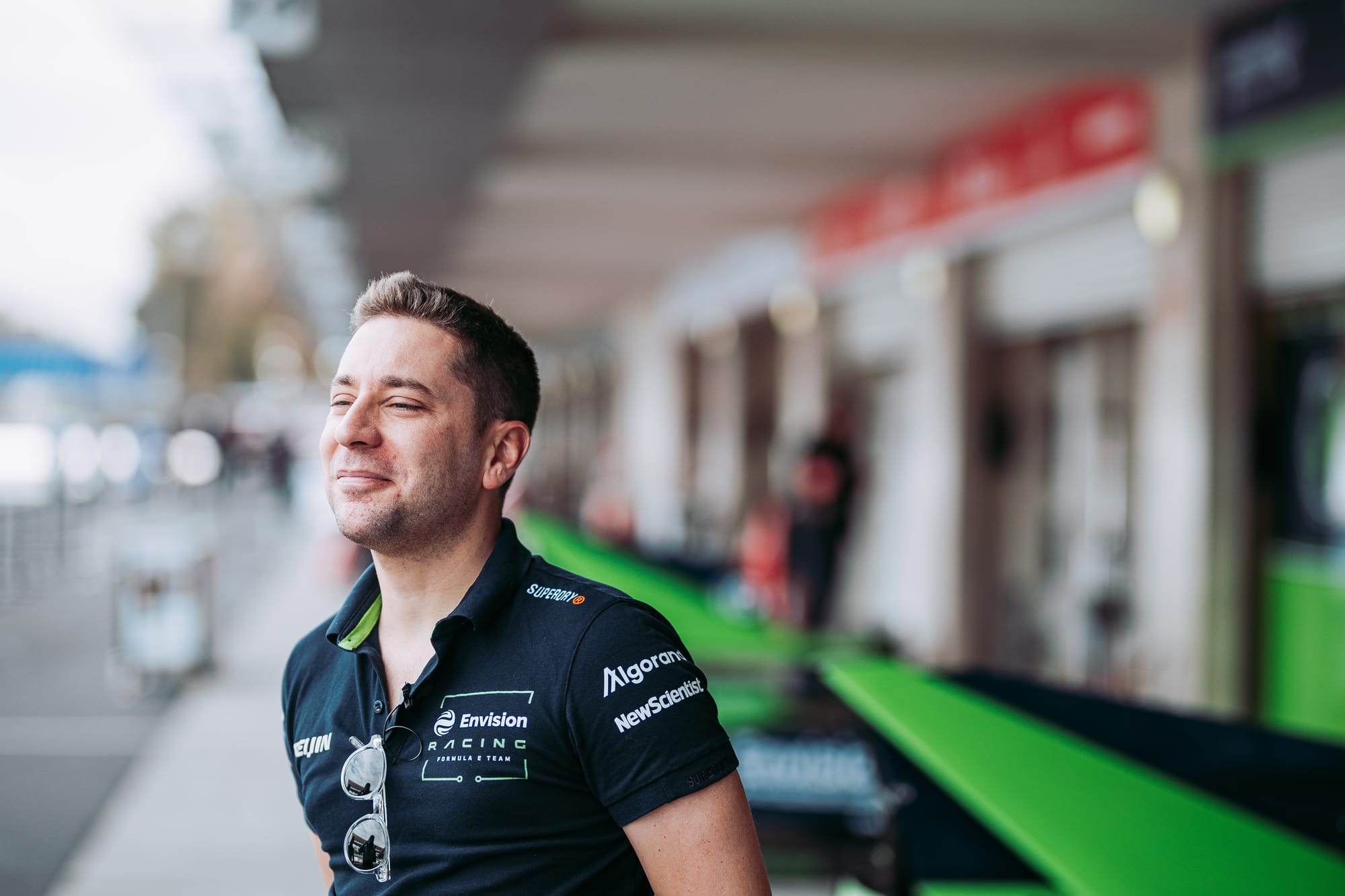
Clearly, Frijns just wasn't enjoying it. He wasn't getting the inherent satisfaction from racing cars in Formula E - not all the time, but enough times for his outlook to be bleaker than usual.
If Frijns has driven his final Formula E race, he can look himself in the mirror and know he had a very good go at it and was, at stages, its slightly spiky top performer. The regret will be minimal - it's just that one of racing's more unique and interesting characters perhaps sometimes just thought too hard about Gen3 racing in particular and didn't adapt to it as quickly as some others.


